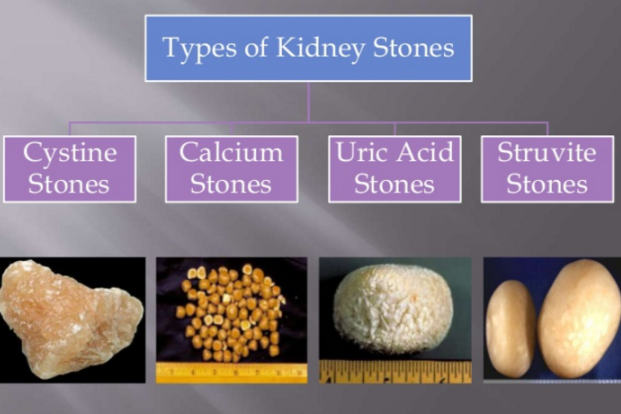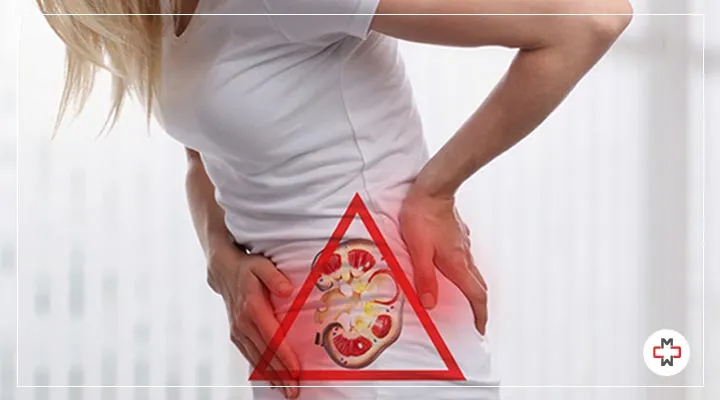Recognizing the Differences In Between Kidney Stones vs UTI: Trick Symptoms and Treatments
Recognizing the Differences In Between Kidney Stones vs UTI: Trick Symptoms and Treatments
Blog Article
A Relative Study of the Risk Variables and Avoidance Methods for Kidney Stones and Urinary System Infections: Insights for Better Health
The increasing prevalence of kidney stones and urinary system system infections (UTIs) necessitates a closer exam of their interrelated threat elements and avoidance methods. By identifying and addressing these shared susceptabilities, we can establish more effective techniques to alleviate the dangers linked with each. Kidney Stones vs UTI.
Introduction of Kidney stones
Kidney stones are a typical urological condition, affecting roughly 10% of people eventually in their lives. These strong mineral and salt down payments create in the kidneys when urine ends up being concentrated, enabling minerals to crystallize and bind together. The structure of kidney stones differs, with calcium oxalate stones being the most widespread, adhered to by uric acid, struvite, and cystine stones.
Risk factors for the growth of kidney stones include dehydration, dietary behaviors, excessive weight, and particular medical problems such as hyperparathyroidism or metabolic conditions. Signs of kidney stones can vary from light discomfort to serious discomfort, commonly offering as flank pain, hematuria, and urinary system necessity.

Recognizing Urinary System System Infections
Urinary system system infections (UTIs) represent a widespread clinical problem, particularly amongst females, with approximately 50-60% experiencing at the very least one UTI in their life time - Kidney Stones vs UTI. UTIs take place when microorganisms get in the urinary system, leading to swelling and infection. This problem can affect any component of the urinary system, including the kidneys, ureters, bladder, and urethra, with the bladder being one of the most frequently affected website
The medical discussion of UTIs generally consists of signs and symptoms such as dysuria, increased urinary system regularity, necessity, and suprapubic pain. Sometimes, individuals might experience systemic signs such as fever and chills, suggesting an extra extreme infection, possibly involving the kidneys. Medical diagnosis is mostly based upon the visibility of symptoms, substantiated by urinalysis and urine culture to determine the original microorganisms.
Escherichia coli is one of the most typical microorganism related to UTIs, accounting for roughly 80-90% of cases. Threat variables consist of physiological proneness, sex, and particular clinical problems, such as diabetes mellitus. Recognizing the pathophysiology, professional indications, and analysis requirements of UTIs is crucial for effective management and avoidance approaches in at risk populations.
Shared Risk Variables
Numerous shared threat factors contribute to the development of both kidney stones and urinary system system infections (UTIs), highlighting the interconnectedness of these two problems. Dehydration is a noticeable danger variable; poor fluid intake can bring about concentrated urine, advertising the development of kidney stones and creating a favorable setting for bacterial development, which can precipitate UTIs.

Hormonal aspects, particularly in ladies, might additionally work as shared danger aspects. Adjustments in estrogen degrees can influence urinary tract wellness and stone development. Additionally, obesity has been determined as a typical threat variable, where excess weight can result in metabolic modifications that prefer both kidney stone growth and urinary system system infections. Identifying these shared threat elements is necessary for recognizing the facility partnership in between these 2 wellness concerns.
Prevention Techniques
Understanding the shared threat aspects for kidney stones and urinary tract infections emphasizes the value of carrying out efficient prevention approaches. Central to these approaches is the promo of sufficient hydration, as sufficient liquid intake dilutes pee, decreasing the concentration of stone-forming materials and lessening the risk of infection. Medical care experts typically recommend alcohol consumption at the very least 2 to 3 liters of water daily, customized to individual demands.
Furthermore, nutritional alterations play a vital role. A well balanced diet reduced in sodium, oxalates, and animal healthy proteins can reduce the development of kidney stones, while raising the consumption of vegetables and fruits sustains urinary tract wellness. Regular surveillance of urinary pH and structure can also help in recognizing tendencies to stone development or infections.
Furthermore, keeping appropriate health techniques is important, specifically in females, to avoid urinary system infections. This includes wiping from front to back and urinating after intercourse. For individuals with persistent concerns, prophylactic treatments or medications might be necessary, directed by medical care professionals, to resolve details threat variables effectively. Overall, these prevention strategies are essential for reducing the incidence of both kidney stones and urinary system system infections.
Lifestyle Modifications for Health And Wellness
Carrying out specific lifestyle modifications can considerably lower the threat of establishing kidney stones and urinary system infections (UTIs) A well balanced diet plays a critical function; enhancing informative post fluid consumption, specifically water, can weaken urine and help stop stone formation as well as flush out bacteria that may lead to UTIs.
Routine physical activity is likewise essential, as it advertises overall health and aids in preserving a healthy and balanced weight, further decreasing the risk of metabolic conditions connected with kidney stones. In addition, exercising excellent health is important in stopping UTIs, specifically in females, where cleaning strategies and post-coital peeing can play preventive roles.
Avoiding excessive caffeine and alcohol, both of which can exacerbate dehydration, is recommended. Regular clinical exams can assist keep track of kidney function and urinary system wellness, determining any type of early indications of concerns. By embracing these way of life modifications, people can improve their general well-being while properly lowering the danger of kidney stones and urinary system tract infections.
Conclusion
In verdict, the comparative analysis of kidney stones and urinary system infections highlights the significance helpful site of common risk variables such as dehydration, nutritional habits, and excessive weight. Carrying out effective avoidance techniques that concentrate on sufficient hydration, a well balanced diet plan, and regular exercise can mitigate the occurrence of both conditions. By dealing with these common factors via lifestyle alterations and improved health practices, people can improve their total wellness and lower their vulnerability to these prevalent wellness issues.
The boosting prevalence of kidney stones and urinary system tract infections (UTIs) demands a closer assessment of their related risk aspects and avoidance methods - Kidney Stones vs UTI. The composition of kidney stones differs, with calcium oxalate stones being the Source most widespread, followed by uric acid, struvite, and cystine stones
Therapy options vary based on the dimension and kind of the stone, varying from conservative management with enhanced fluid intake to medical treatment like lithotripsy or medical elimination for bigger stones. In addition, obesity has been determined as a typical danger variable, where excess weight can lead to metabolic adjustments that favor both kidney stone advancement and urinary tract infections.Comprehending the common danger aspects for kidney stones and urinary system system infections emphasizes the importance of implementing effective prevention techniques.
Report this page